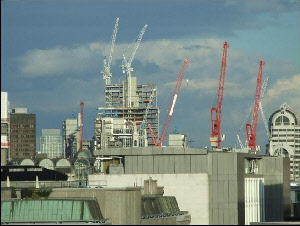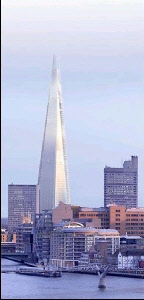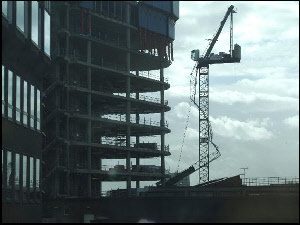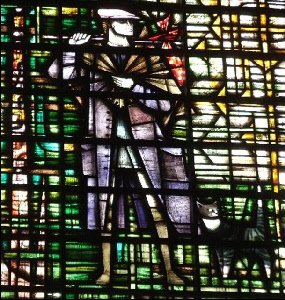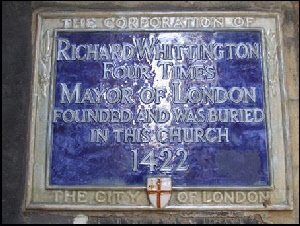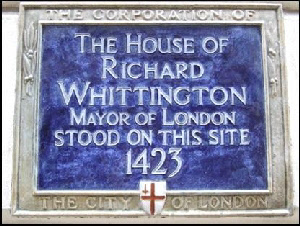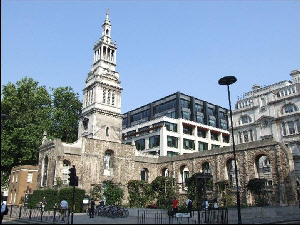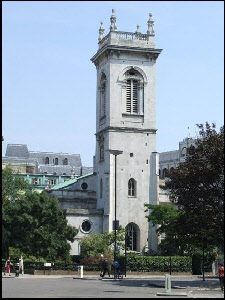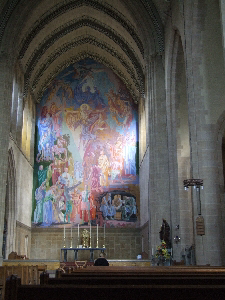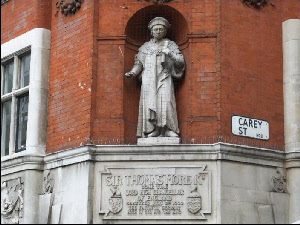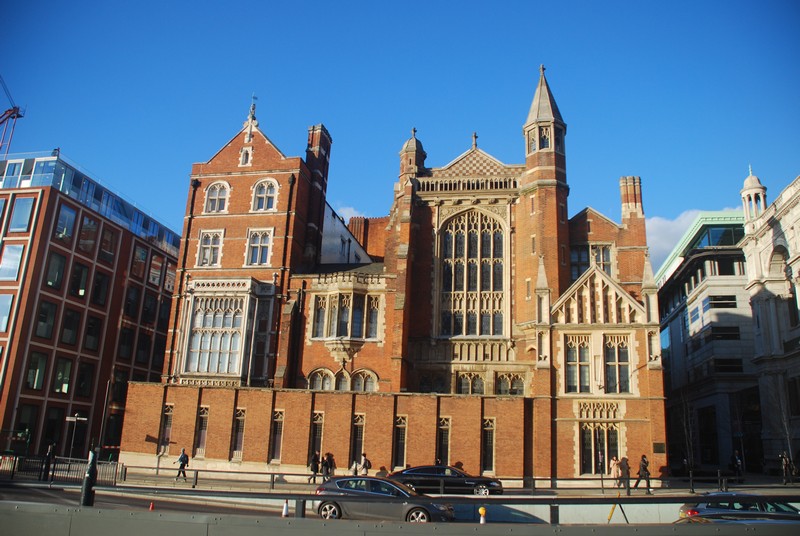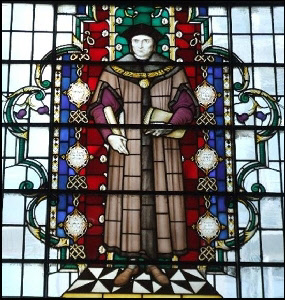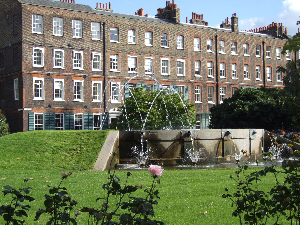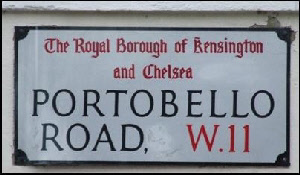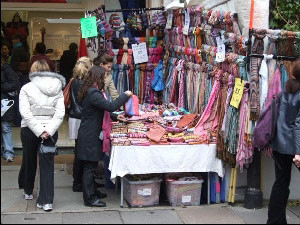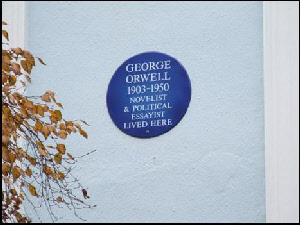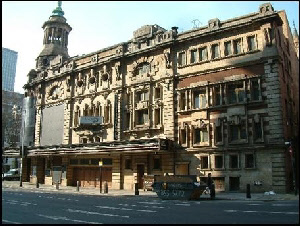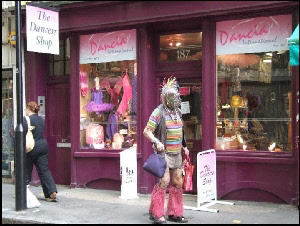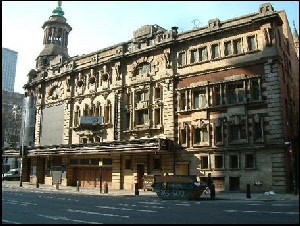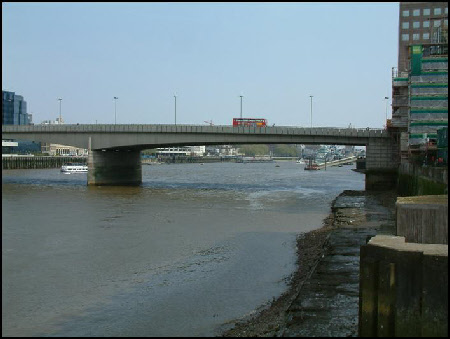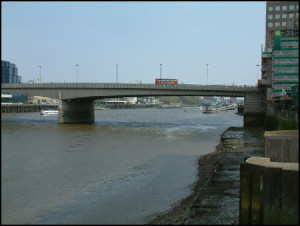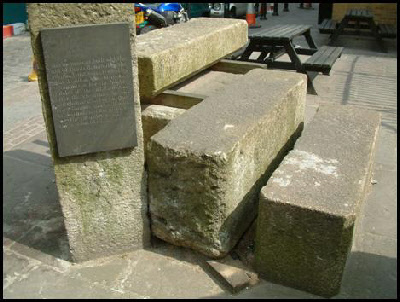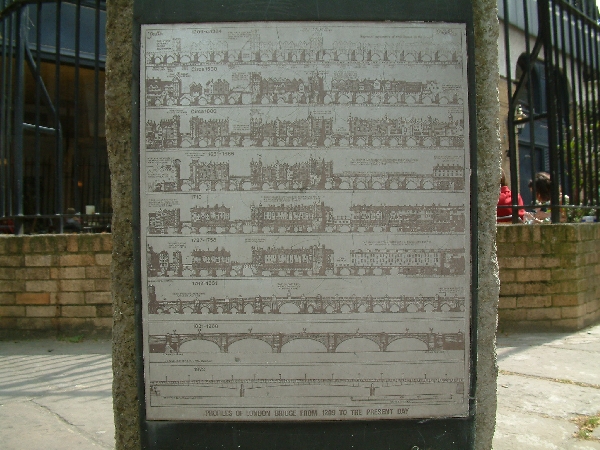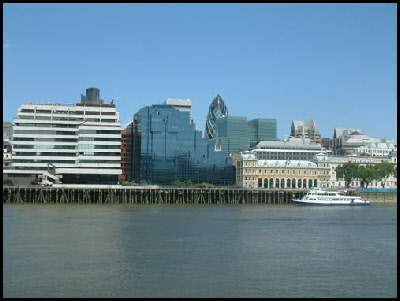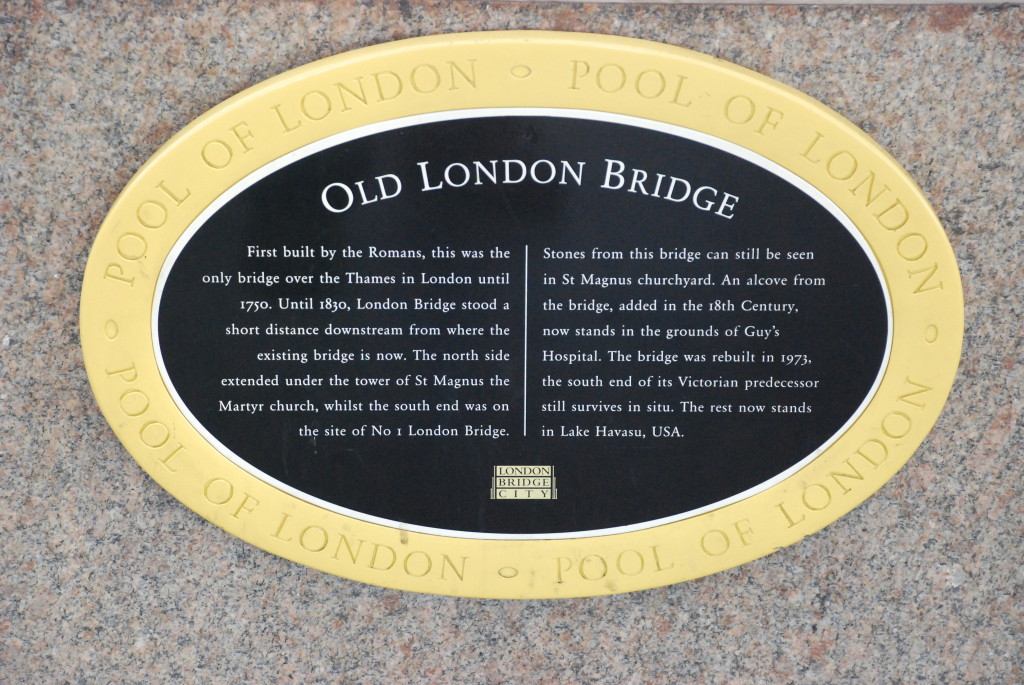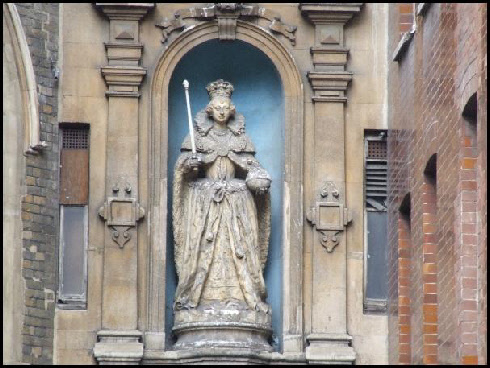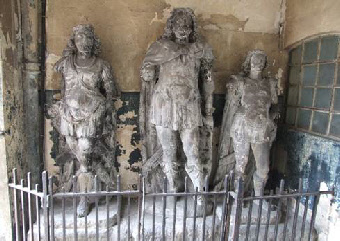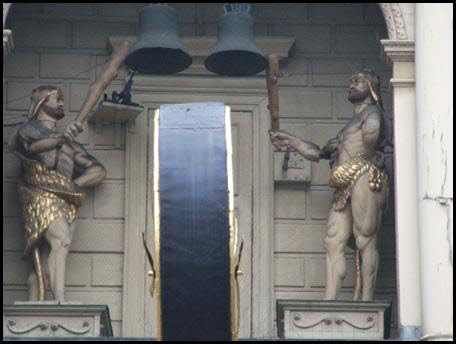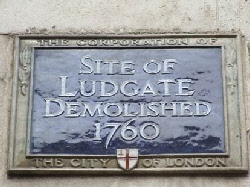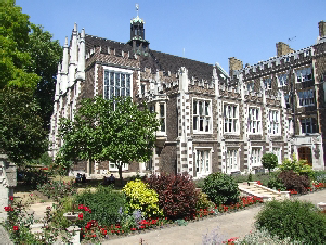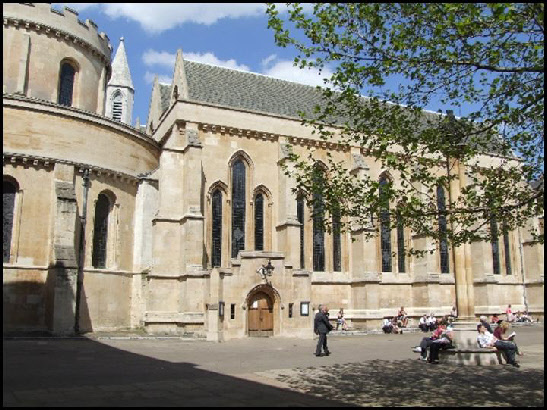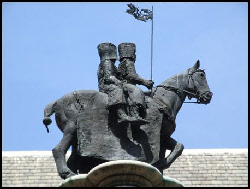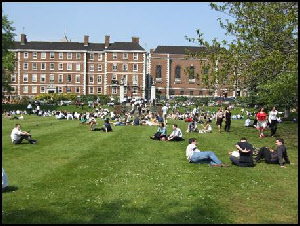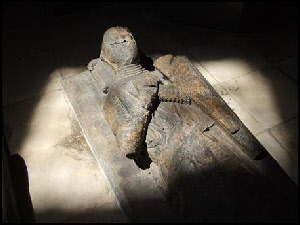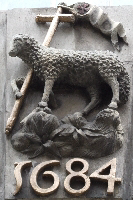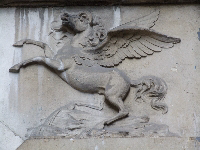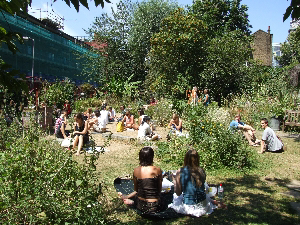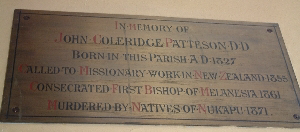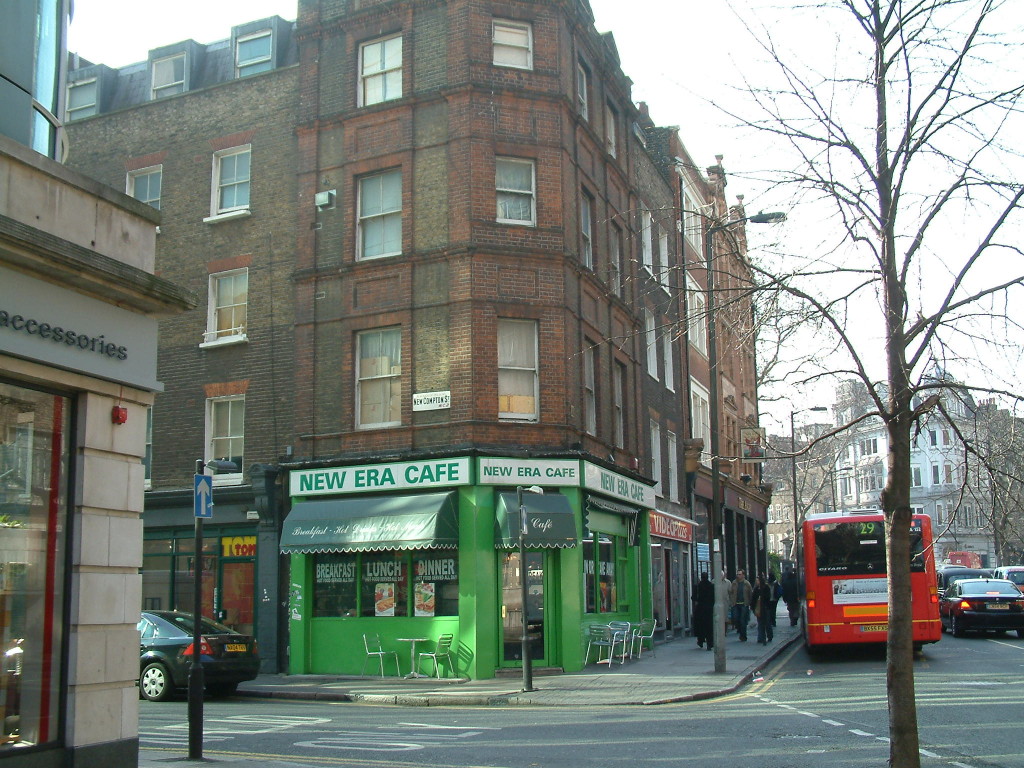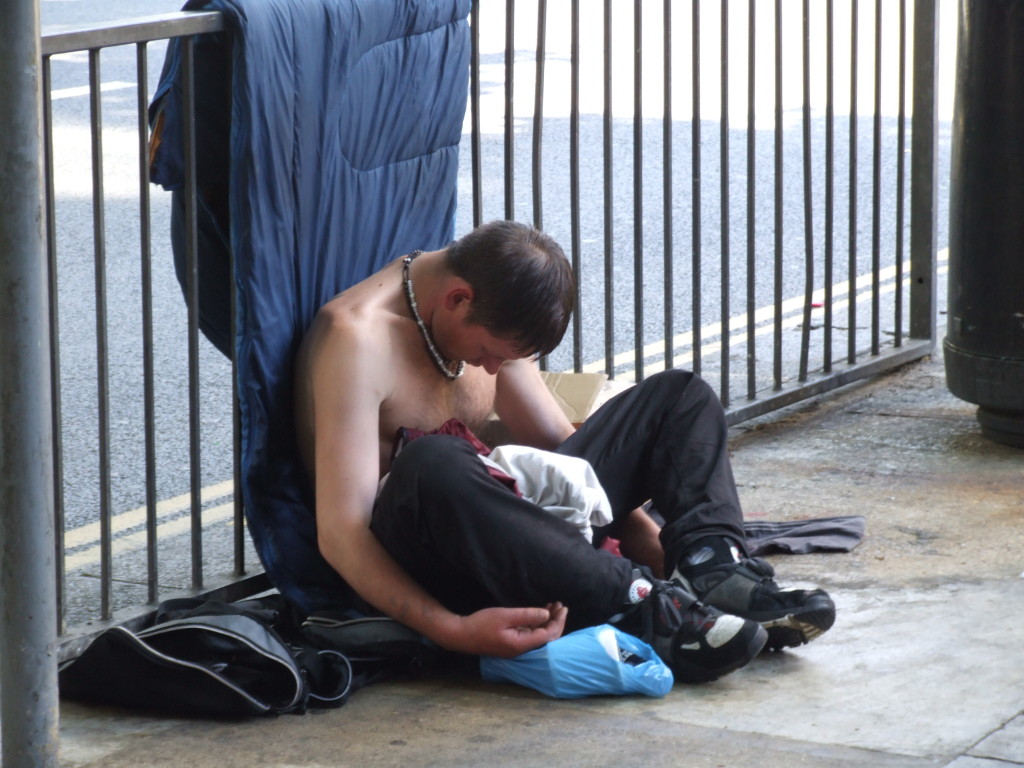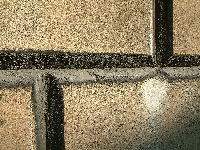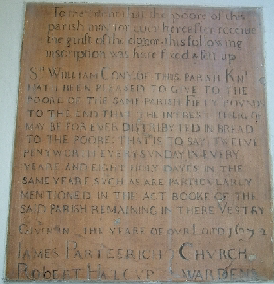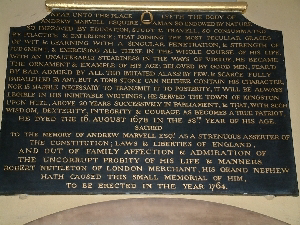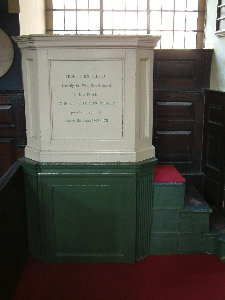Our neighbourhood is in a constant state of change, and the best indicators of where the change is happening are the cranes on the horizon. This picture below is of the proposed Shard/London Bridge. The building on the left of the picture is 1 London Bridge and on the right is St Thomas’ Hospital which sits on top of London Bridge station. The Shard is going to replace London Bridge House, which also sits on top of London Bridge station. Also missing in this picture is Southwark Tower, alongside St Thomas’. Perhaps that’s coming down, too.
I took this picture, below, one very late summer evening because it shows so clearly the myriad cranes on London’s skyline. The hoop-topped building on the right is Barklays Bank on Bishopsgate and the stainless steel building with little dots of blue on it is Lloyds of London, the insurers. Immediately behind it, in Lime St, is the new Willis Building, a glass tower nicely curved to follow the shape of the street.
It must happen from time to time, mustn’t it? A dead crane. This one, below, stopped building work on New Street Square for a day, and closed off both Fetter Lanes and any street to it from Fleet St. Crowds of high-visibility vests and hard hats leaned gloomily against the bars in local pubs and worried about what they were going to do for the rest of the day.
